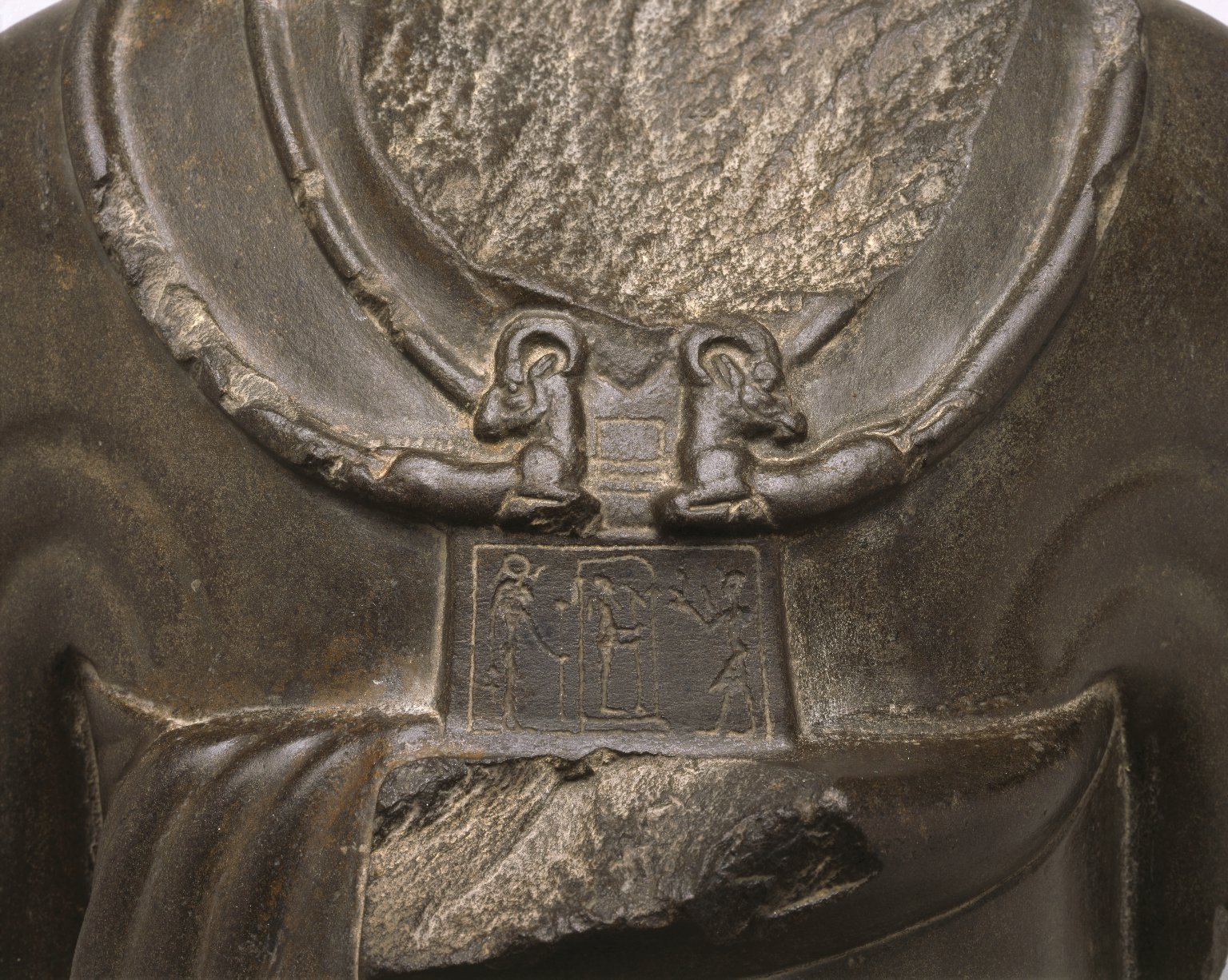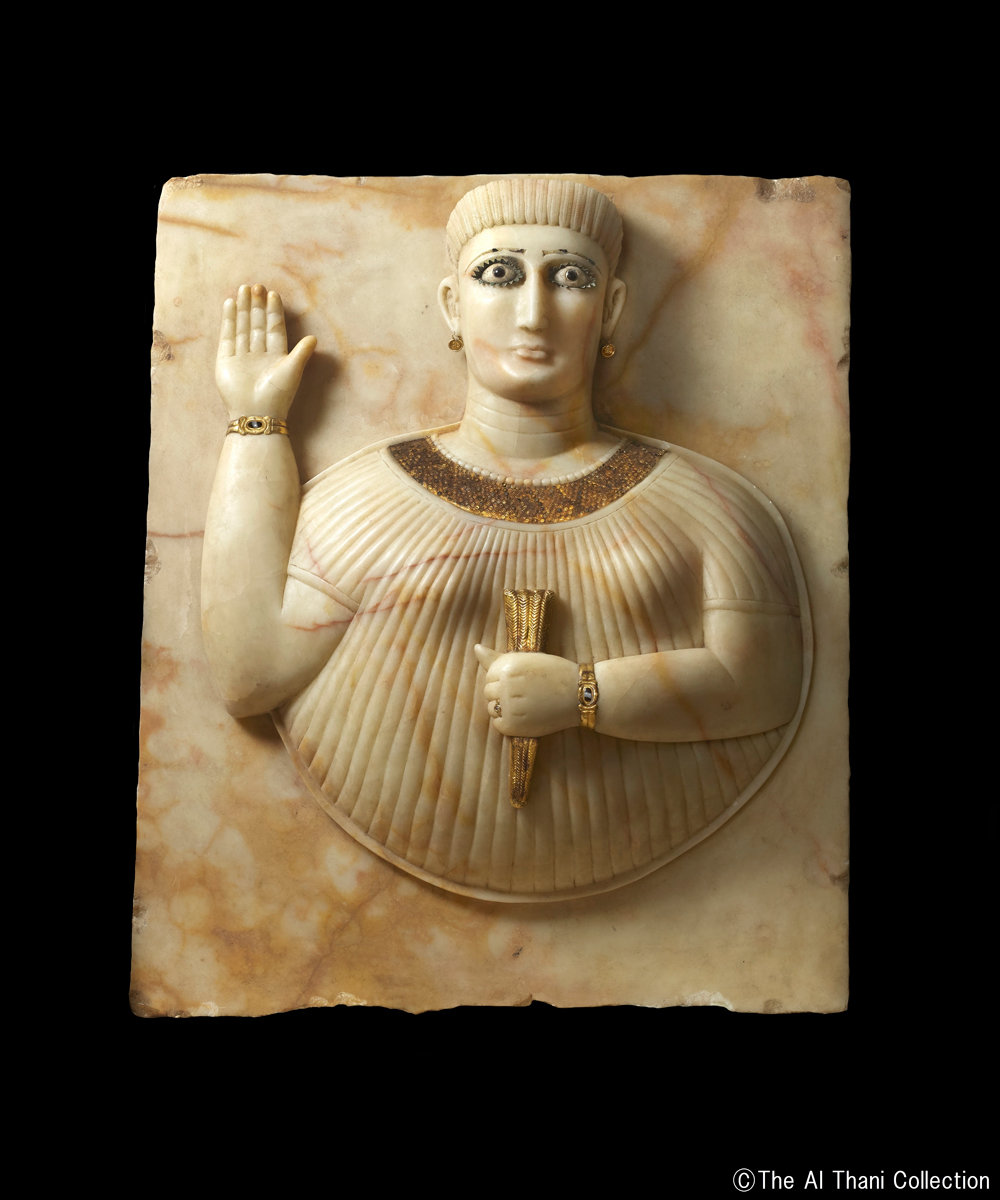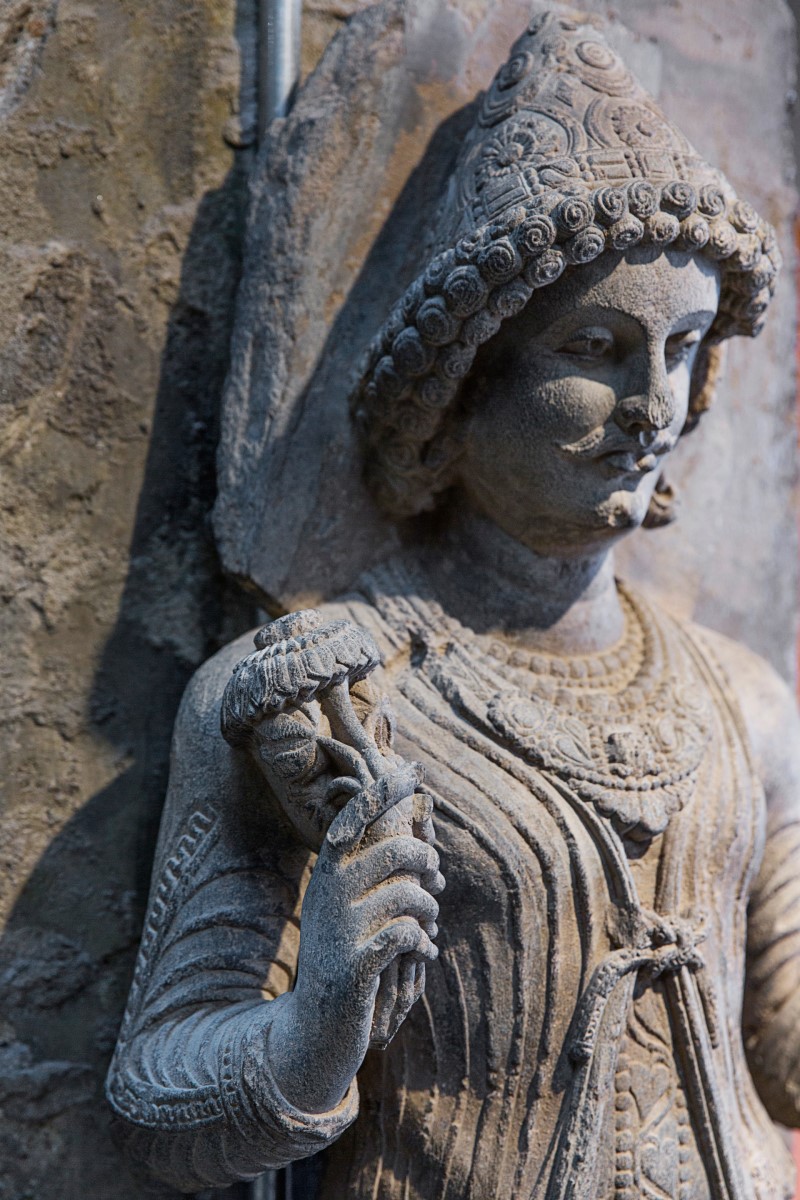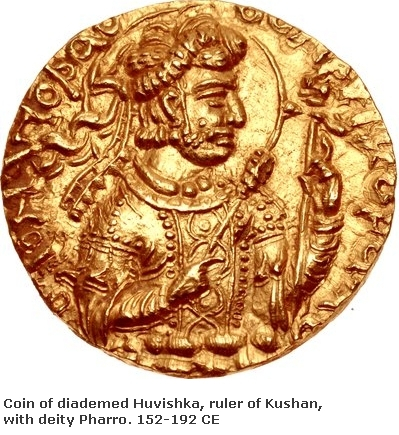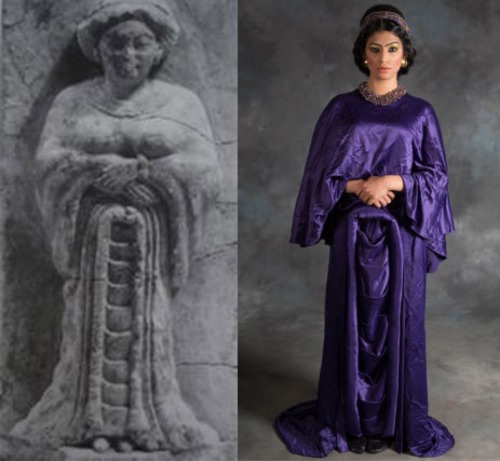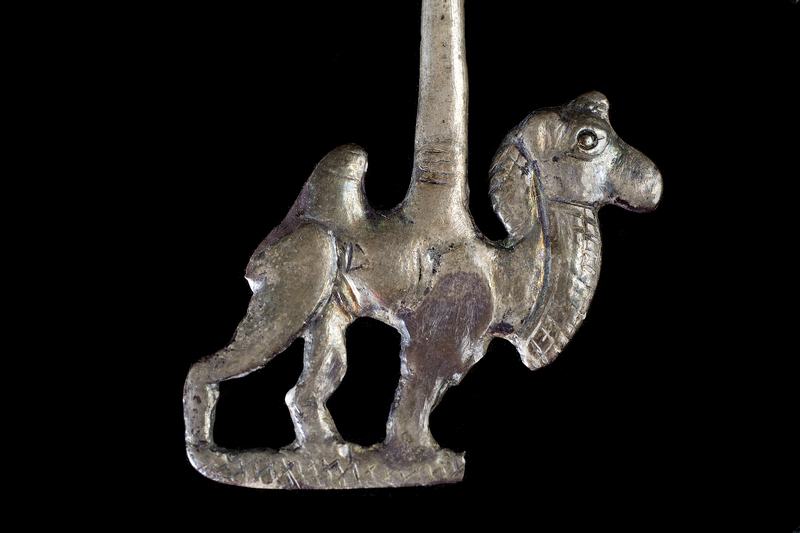“Silver head of the hair pin that were once a seal is one of the best examples of BMAK art. Thorough implementation of kaunakes dress, beautiful hairdress, a characteristic profile – everything speaks of the highest craftsmanship of Gonur jewelers.” [N. A. Dubova]
Gonur Depe, Margiana (Bactria), 18th-15th C BCE


Museum (Hinz 1969, 15-16). To the right: detail of a silver
pin from Gonur Depe, 18th-15th C BCE (Sarianidi 2002, 231).
[Martina Morello]
Silver Elamite vessel from Mardvasht [in the vicinity of Persepolis], Iran. The vessel is dated to 2200 BCE.


For an interpretation of the link between the Persepolis and Gonur vessels and a pin see D. Potts’.
More about a vessel with two female figures see >> http://colorsandstones.eu
More about a pin see >> http://colorsandstones.eu

© 1991 RMN-Grand Palais (musée du Louvre) / Hervé Lewandowski
Neo-Elamite relief from Susa, 8th – 7th C BCE.
Height: 9.3cm; Width: 13cm
“A woman wielding her spindle is seated on a stool with legs in the shape of a lion’s paws in front of a table furnished with a fish and fruit. Behind her, a servant is waving a fan. This may be an allegorical scene about the spinning of fate” [Louvre description]
[see also Jak Yakar]
Piece of an ivory box, a relief with a woman seated on the throne. Phoenician work, from Nimrud 8th century BCE.
British Museum collection
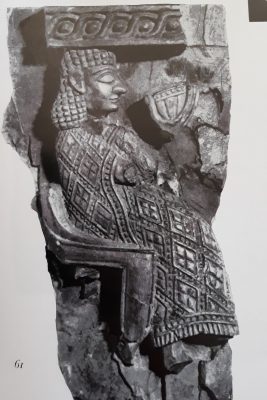


- Human iconography on metal vessels from Bronze Age Middle Asia; Martina Morello https://www.academia.edu
- Ilse Seibert, Kobieta starożytnego wschodu, 1973 [Woman of the Ancient East]
- Treasures of Ancient Margiana. Nadezhda A Dubova https://www.academia.edu
- An article “A Frenchman ‘cracks’ an undeciphered writing over 4000 years old, calling into question the only invention of writing in Mesopotamia” [on silver vessel from Iran] https://www.sciencesetavenir.fr
- Puzur-Inšušinak and the Oxus Civilization (BMAC): Reflections on Šimaški and the geo-political landscape of Iran and Central Asia in the Ur III period; Daniel Potts https://doi.org/10.1515/ZA.2008.010
- François Desset: On The Decipherment Of Linear Elamite Writing [2021] https://www.thepostil.com/author/francois-desset
- Presumed Social Identity of the Occupants of Late Third Millennium BC Alacahöyük and Horoztepe “Royal Tombs”; Jak Yakar https://www.researchgate.net

